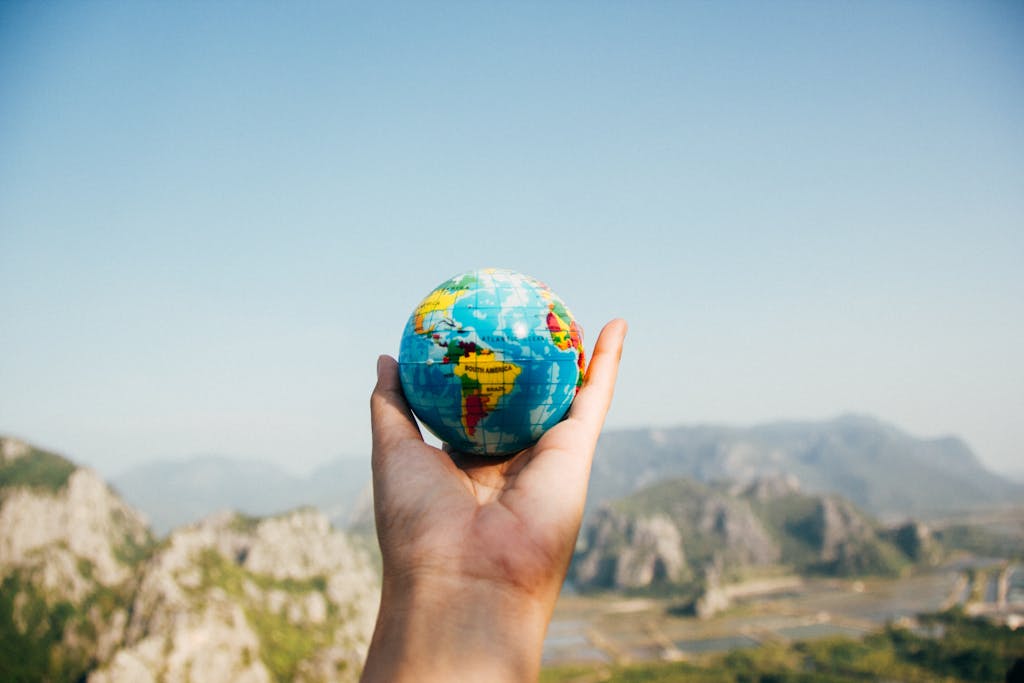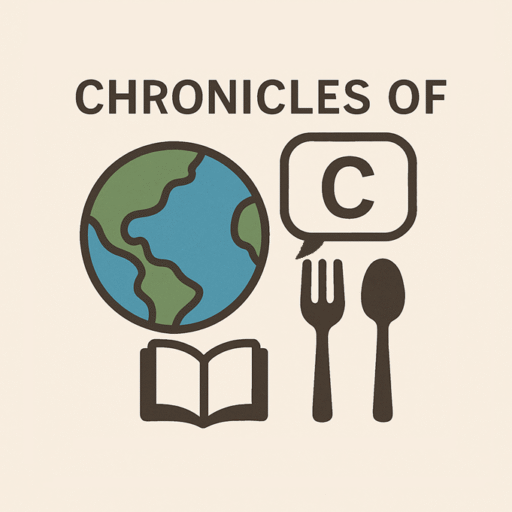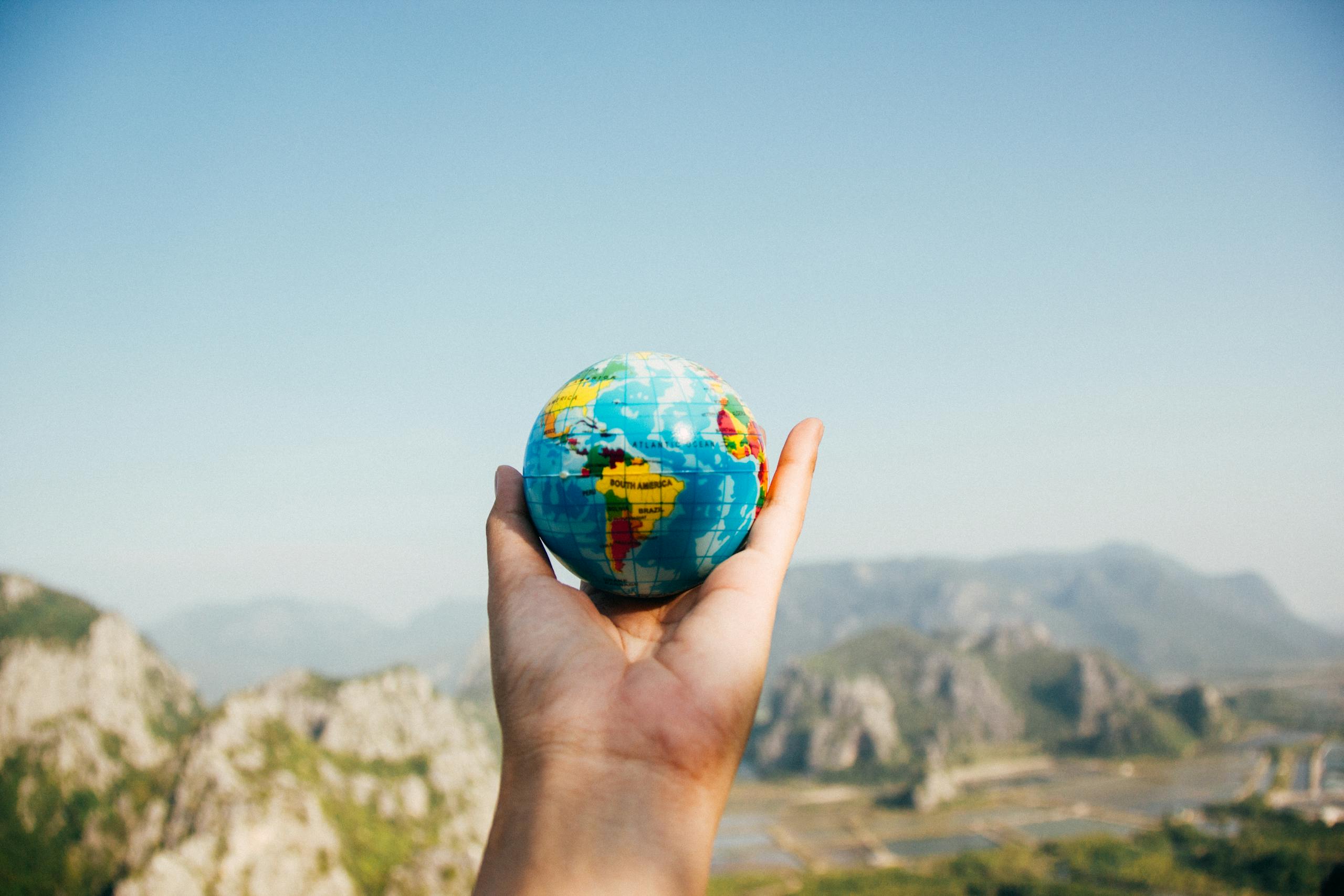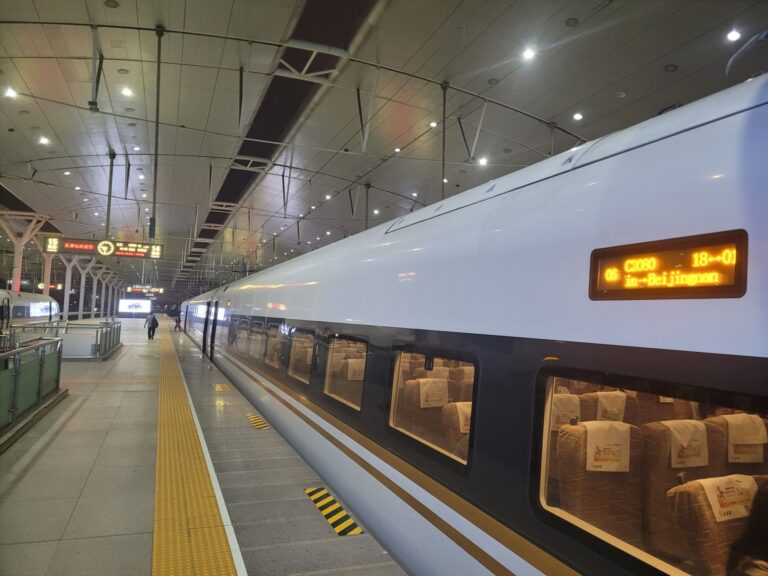Learn these travel hacks to travel better!
You’ve done the hard work. You’ve researched destinations, booked your flights, and packed your bags using our Travel Planning Guide. Before you know it, you have landed in your dream destination. But the real art of travel begins the moment your feet touch the ground in a new place.
This is where a different kind of knowledge becomes essential. It’s the difference between “knowing where to go” and “knowing how to move once you’re there.” It’s what separates a stressed tourist from a savvy traveler.
A tourist follows a checklist, often feeling disconnected from the rhythm of a place. A savvy traveler, on the other hand, understands that small, local habits can have a huge impact. They navigate with a quiet confidence that comes from knowing the unspoken rules, the clever efficiencies, and the simple tricks that make a journey smoother and more meaningful.
These hacks aren’t about gaming the system. They are about reducing friction, solving common problems, and creating more mental space for what truly matters: immersion, connection, and presence. Let’s dive in!
✈️ Arrival Hacks: Mastering the First 24 Hours
The first day sets the tone for your entire trip. A smooth arrival builds momentum, conserves energy, and gives you the confidence to explore with an open mind. Conversely a messy start can leave you in a bad mood and sour the trip.
Beat Jet Lag Strategically: The battle is won with light and timing. Upon arrival, expose yourself to sunlight immediately. Avoid long naps. If you must rest, keep it to a 20-minute power nap. Delay caffeine until you truly need it to push through to a reasonable local bedtime.
Download Before You Disconnect: While you still have airport or home Wi-Fi, download offline maps of your city in Google Maps. Download the local language for offline use in Google Translate. Make sure any ride-sharing or transport apps are already on your phone.
Use Airport ATMs, Not Kiosks: Walk right past the currency exchange kiosks. Their rates are rarely favorable. Find an ATM affiliated with a local bank, preferably inside the airport building, for much better exchange rates. Withdraw a larger amount to cover your first few days to minimize transaction fees.
Local SIM vs. eSIM Decision: If you have a newer phone that supports eSIMs, activate it the moment you land. It’s the fastest way to get connected. If not, airport SIM card stalls are convenient, but be sure to choose a reputable provider (or purchase a SIM card in your home country beforehand). Many network providers may also offer international roaming in your plans.
Learn One Polite Word Before Customs: Before you even get to the immigration counter, learn to say “Hello” or “Thank You” in the local language. A small effort at the very first point of contact can make a world of difference.
Communicating with your Taxi Driver: Show them your hotel address written in the local script on your phone. Point to it and say the hotel name clearly (else have a picture of your hotel’s entrance on your phone and show the address together with it. Before getting in, point to the meter and ask, “Meter?” with a questioning tone. A nod is a good sign. If they refuse and quote a high flat rate, it’s often best to find another taxi from the official queue. Many locations have local ride-hailing apps as well.
🧭 Navigation & Getting Around Like a Local
Getting around a new city is part of the adventure. These hacks turn a potential point of stress into an opportunity for observation and confidence.
Save Your “Home Base” Offline: Before you leave your hotel for the first time, drop a pin on its location in your offline map and save it as “Hotel” or “Home.” This digital breadcrumb trail is your safety net.
Use Landmarks, Not Just Addresses: When asking for directions, locals may not know street names, but they always know major landmarks. Instead of asking for “123 Main Street,” ask for “the big post office” or “the square with the fountain.”
Know the Local Ride-Sharing App: Uber isn’t king everywhere. In Southeast Asia, Grab is essential. In parts of Europe and Africa, Bolt is more common. A quick search for “ride-sharing app in [City]” before you go will save you time.
Weigh Transport Pass Pros & Cons: A multi-day tourist pass can be a great deal if you plan to use public transport frequently. However, if you prefer to walk, buying single tickets as you go might be cheaper. Do a quick mental calculation of your likely daily trips (but don’t over-calculate, the savings may not be huge)
Observe Cultural Cues: Notice how locals move. Is the city built for walking? Are bike lanes respected and widely used? Is the metro the clear choice for efficiency? Following the local flow is often the best way to get around.
Hotel Front Door Photo: On your first day, take a photo of your hotel’s front door and the street it’s on. If you get lost, this visual cue is often more helpful than just an address on a map, especially for showing to locals or taxi drivers.
🍜 Eating Like a Local Without Getting Sick or Scammed
Food is a direct line to the heart of a culture. These hacks will help you find delicious, authentic food while avoiding common pitfalls.
Follow the Locals: The best review a food stall can get is a long queue of local people. If you see one, especially during lunchtime, get in it. Busiest stalls also mean high turnover, ensuring your food is fresh.
Eat What’s Hot and Moving: Be cautious with food that has been sitting out, especially meat or seafood. The safest street food is cooked fresh to order, right in front of you.
Carry Your Own Utensils: A small, reusable set of chopsticks or utensils is not only eco-friendly but also a great hygiene hack for street food stalls where washing facilities might be basic.
Learn the “Invisible Rules”: Food etiquette is crucial. Know that tipping is not customary (and sometimes considered rude) in Japan. Understand when it is appropriate to eat with your hands. Researching these small details shows immense respect.
Learn Phrases for Dietary Needs: Learn these phrases or have them saved as a note on your phone.
- “No spicy”
- “I am vegetarian/vegan”
- “Allergic to peanuts/nuts”
- “No pork/meat”
💎 Hidden Gems & Getting Off the Tourist Trail
The most memorable travel moments often happen when you stray from the well-trodden path. Here’s how to find the soul of a city.
- Use Google Maps as a Discovery Tool: Zoom in on a neighborhood that looks interesting and look for unlabeled cafes, parks, or shops with just a few reviews (especially if they are in local languages, be it the name of the place or the reviews). These are often local haunts.
- Ask a Better Question: Instead of asking a local, “What should I see?” ask, “What’s your favorite place to take a friend for coffee?” or “Where do you go on a Sunday afternoon?” You’ll get personal recommendations, not tourist clichés.
- Check Local Bulletin Boards: Look for flyers and notices at community centers, libraries, hostels, and cafes. You can discover free concerts, local markets, and neighborhood festivals not listed in any guidebook.
- Join a Free Walking Tour, Then Leave: These tours are great for getting a quick orientation. After an hour, once you have your bearings, feel free to politely peel off and explore one of the neighborhoods you passed through earlier on your own.
- Get Safely Lost: Choose a neighborhood, put your phone away, and just walk. The goal is to wander without a destination. Set a timer for one hour. When it goes off, use your offline map to find your way back. This is how real discoveries are made instead of spending the time distracted on our phone.
👤 Blending In & Behaving Like You Belong
Blending in isn’t about hiding who you are; it’s about showing respect for the local culture. It makes you a more welcome guest and opens the door to more genuine interactions.
- Mirror the Local Style: Observe what people are wearing. Are they dressed up or casual? Are shoulders and knees covered? Matching the local level of modesty and formality is a key sign of respect.
- Watch and Copy: Pay attention to the small things. How do people queue for the bus? How do they greet a shopkeeper? How do they gesture for a bill? Mirroring these small behaviors helps you move through a space with less friction.
- Lower Your Volume: In many cultures, especially in Asia and Europe, speaking loudly in public spaces or on transport is considered rude. Not speaking unnecessarily, and adopting a quieter tone is one of the easiest ways to blend in.
- Carry a Reusable Shopping Bag: In many parts of the world, a reusable tote bag signals you’re a resident, not a tourist just passing through. It’s a subtle cue that you belong, and it’s great for the environment. Many shops nowadays are charging for plastic bags as well.
- Respond to Stares with a Smile: As a traveler, you may get curious stares. It’s rarely hostile. The best response is a gentle, brief smile and a small nod before looking away. It defuses any awkwardness and shows you are friendly.
💰 Saving Money Without Sacrificing the Experience
Smart spending allows you to travel longer and experience more. It’s about being resourceful, not cheap.
- The Lunch Splurge, Dinner Save Hack: Many high-end restaurants offer lunch menus that feature the same quality food as their dinner service for a fraction of the price. Treat yourself to a fancy lunch and have a simple, cheap dinner from a local market.
- Hunt for Free Wi-Fi: Your best bets are often libraries, modern train stations, large public squares, and co-working cafes.
- Find Local Happy Hours: Look for signs advertising aperitivo, “happy hour,” or after-work specials, where drinks often come with free snacks. It’s a great way to have a cheap, early dinner and people-watch.
- Book Direct After Comparing: Use big booking websites to compare hotel prices, but then visit the hotel’s own website. Booking direct can sometimes unlock better rates, free breakfast, or more flexible cancellation policies.
📱 Digital Tools & Offline Tricks
Your phone can be your most powerful travel tool, but only if you set it up correctly.
- Create an “Emergency” Offline Folder: In a cloud service like Google Drive or Dropbox, create a folder for your trip and save offline copies of your passport, visa, flight confirmations, hotel bookings, and travel insurance policy.
- Use a Simple Notes App: Keep a running note with your hotel address (in local script), emergency contact numbers, and any key phrases. It’s faster to access than searching through emails.
- Build Your Physical Tech Toolkit: Keep these three items together: a fully charged portable power bank, the small metal pin for opening your phone’s SIM tray, and a universal plug adapter.
- Use Google Translate’s Photo Feature: oint your phone’s camera at a menu or sign, and the app will translate the text for you in real time. Remember to download the language for offline use first.
🧘 Mindset Shift: Being Curious, Not Just Efficient
This is the most important hack of all. The best tools and tricks are meaningless without the right mindset – learn to travel immersively.
- Leave Gaps in Your Day: Don’t schedule every minute. The most magical moments happen in the unplanned spaces in between. Serendipity needs room to breathe.
- Say Yes to an Invitation: If a local shopkeeper invites you for tea or a family asks you to join their meal, say yes, even if it feels a bit awkward. These are the golden opportunities for genuine connection.
- Go Deep, Not Wide: It’s better to truly know one neighborhood than to see ten famous sites from a distance. Avoid checklist travel. Choose depth over breadth for a more rewarding experience.
- Be the Kind of Traveler Locals Want to Help: Be patient, smile often, and show genuine curiosity. When you are open, kind, and respectful, people are far more likely to open up to you in return.
❓ Frequently Asked Travel Hack Questions (FAQ)
How do I avoid looking like a lost tourist?
Walk with purpose and keep your map or phone discreet. When you need to check directions, step to the side out of the flow of foot traffic. Confidence, even when you’re faking it, makes you less of a target.
What’s the best way to handle money day-to-day?
Carry only a small amount of cash for the day in an easily accessible pocket. Keep the rest of your cash and a backup card secured in a different, safer place, like a money belt or deep inside your bag.
Is it ever okay to eat near a major tourist site?
Yes, but you need to be intentional. Use blogs or Google Maps reviews to find a specific, well-regarded spot that just happens to be in a touristy area. The hack is to avoid choosing a place randomly in a high-traffic zone.

Conclusion: Level up your Skills
Travel is a skill. And like any skill, it gets better with practice. These hacks are not about shortcuts, but about creating efficiency and ease so you can be more present. By embracing these hacks, you’re not just optimizing a trip; you’re becoming a more aware, confident, and thoughtful traveler. The ultimate travel hack is a mindset: curiosity, adaptability, and a genuine desire to connect. The tips in this guide are simply tools to help you unlock that mindset. Now, go forth and start your next adventure!






